Was Bardock Inspired by Rambo?

Was Bardock inspired by Rambo and ancient Greek philosophy? Read this guest article by Spanish fan Jesús Tanco to see the past, present, and future of Bardock, the father of Goku!
We know many of Akira Toriyama’s sources of inspiration, thanks to his interviews, the guidebooks, and books about the series, but most of Toei Animation’s writer’s sources remain a mystery.
Let’s explore some possible sources of inspiration for Goku’s father, Bardock, who appeared in an original story in the first Dragon Ball Z TV Special (1990), written by Takao Koyama and Katsuyuki Sumisawa.
Bardock and Rambo
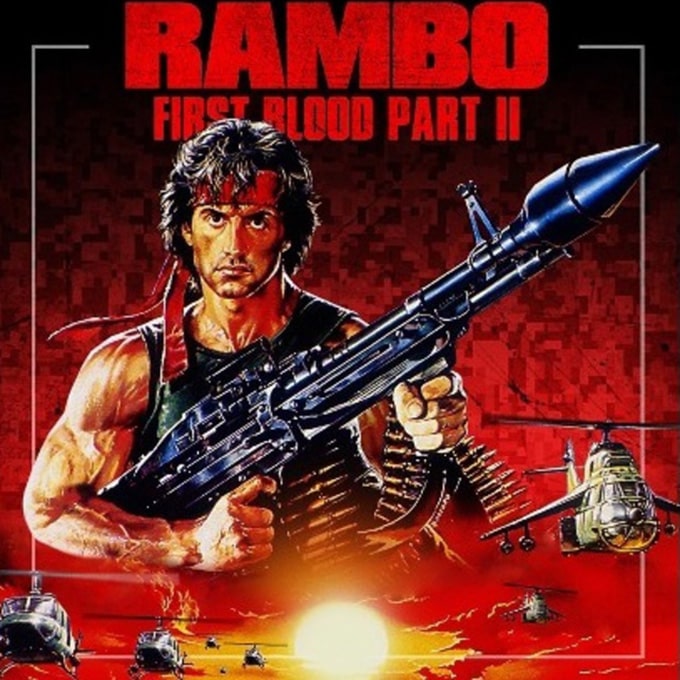
I believe a strong cinematic source of inspiration for Bardock is Rambo 2 (1985).
In this film, the titular character falls in love with a Vietnamese woman named Co Bao, who is later murdered by soldiers.

To avenge her death, Rambo cuts a strip from her red dress, puts it around his head as a bandana, and attacks the soldiers.
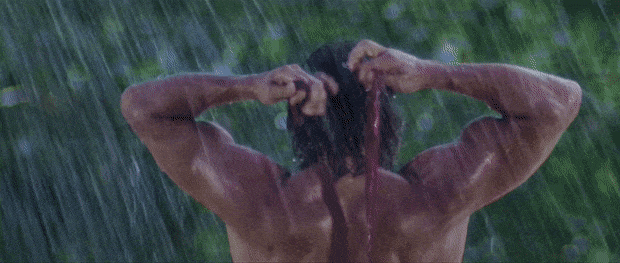
This scene is similar to the scene in the Dragon Ball Z TV Special in which Bardock loses his squad mate Toma.

Here, Bardock takes a blood-soaked bandana from Toma and wraps it around his head before he avenges Toma’s death.
In addition, the left side of Rambo’s face was cut with a knife, and this may be an influence for Bardock’s signature facial scar.
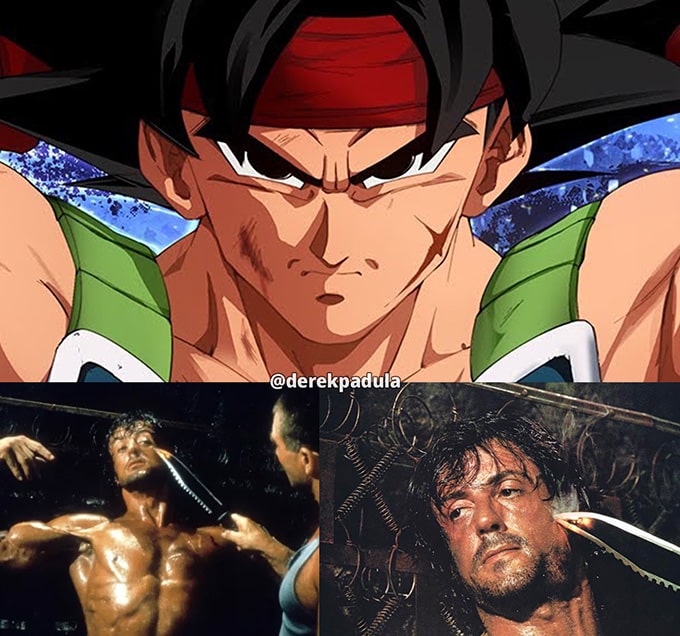
Bardock and Greek Myths
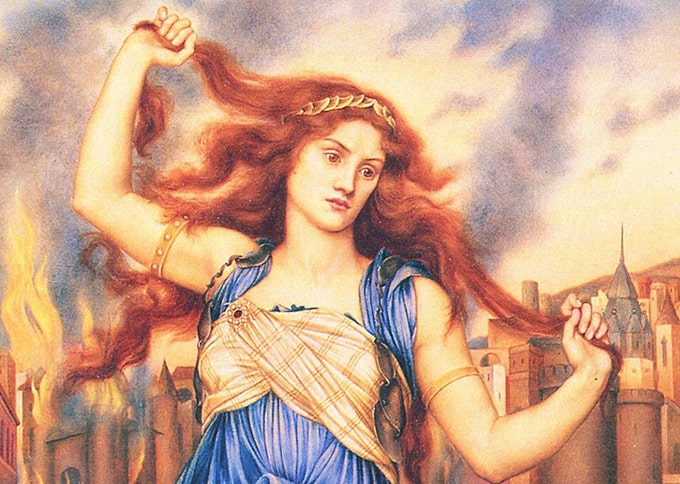
The Greek myth of Cassandra has strong parallels with Bardock’s story.
In this myth, Cassandra receives the gift of foresight from the god Apollo. However, Apollo becomes angry with Cassandra and decides to make her suffer as a form of revenge. He thus condemns her to no longer have people believe her when she foretells the future.
As a result, Cassandra foresees the destruction of Troy, but no one believes her, so she is unable to prevent Troy’s fate.
A similar thing occurs to Bardock in his story. While fighting an alien and committing genocide against his people, the alien wishes to curse Bardock with the same gift of foresight that his alien people possess. He strikes Bardock in a specific acupuncture point in his neck that unlocks his vision.
Bardock then sees the future destruction of his home planet and the entire Saiyan race at the hands of Freeza, just as the alien foresaw the destruction of his own planet at the hands of the Saiyans.
Unfortunately, just like in Cassandra’s story, Bardock is not believed by his people.
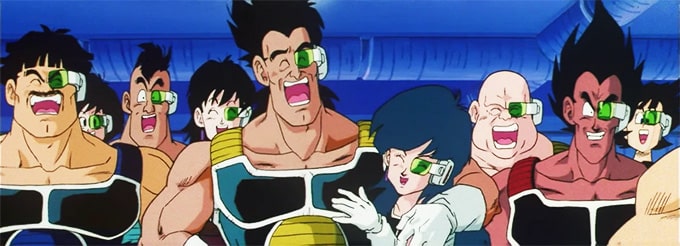
Despite his best efforts, he is unable to stop Freeza from annihilating the Saiyans.
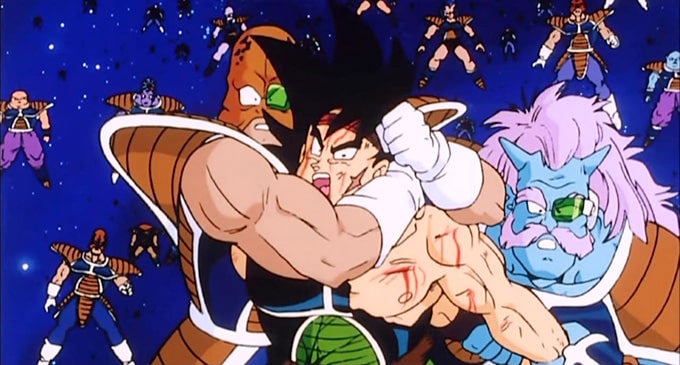
He is thus cursed to experience the destruction before it happens, and once more as it happens.
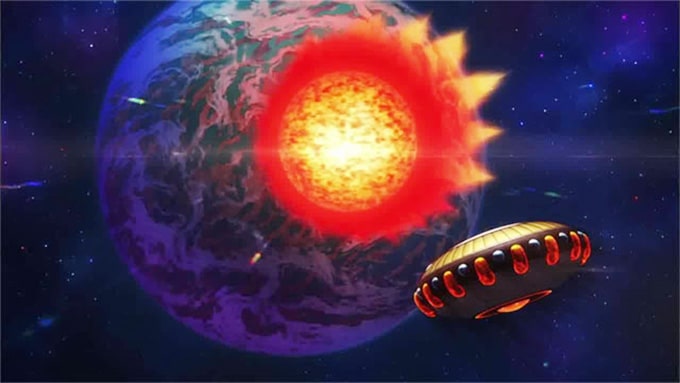
There are three common points between Bardock and Cassandra:
- The person who gives them the power of foresight wants to make them suffer so as to enact their revenge.
- The person who can see the future knows their home is going to be destroyed. They try to tell others, but nobody believes them.
- As a consequence, the home of the character who can see the future is destroyed.
These similarities are strong, yet when I asked screenplay writer Takao Koyama about them in a private conversation on Facebook, he replied, “The story of Bardock has nothing to do with Cassandra in Greek mythology.”

© Jesús Tanco
If Koyama was not inspired by Cassandra’s myth, then how do we explain these parallels?
In my opinion, the similarities between Bardock and Cassandra’s stories are caused by the mythological archetypes that all human cultures share. Revenge stories, premonition myths, and thoughts about why we can’t change our fate—even if we already know it—are probably present in most major cultures.
If so, the possibility of unrelated stories sharing these archetypes isn’t strange, especially when ideas about premonition and immutable fate are so easy to relate to.
Perhaps there is a similar story in East Asian culture that inspired Koyama’s script? Or maybe history repeats itself through the pens of countless writers.
Bardock is Unique
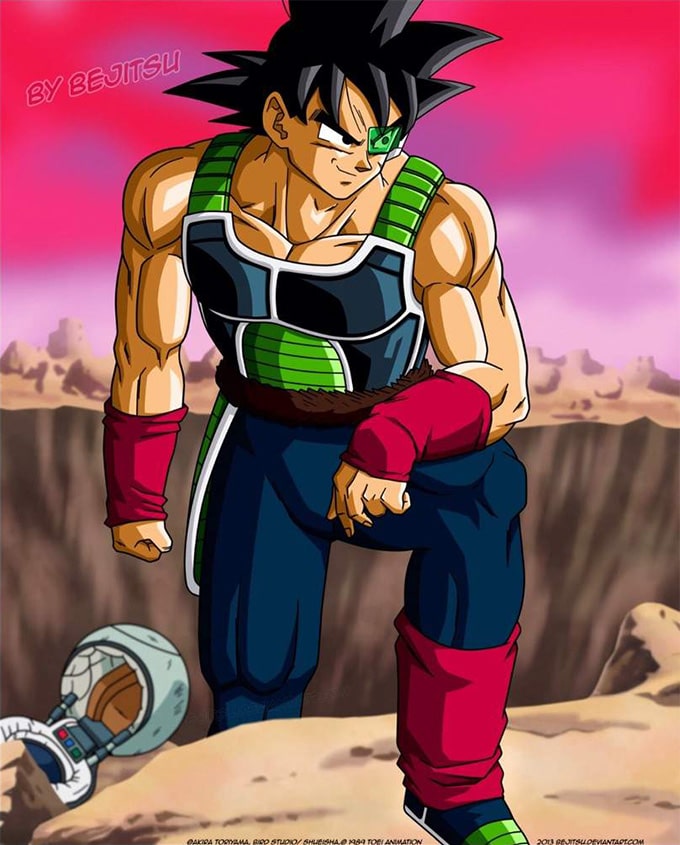
Nevertheless, in Bardock, Koyama and Sumisawa created a character who was unique in the franchise. Up to that point in Dragon Ball, in 1990, most major characters tried to harm or kill Goku and then turned into good people after they got to know Goku and his friends, but that transformation occurred almost immediately.
Bardock was different. He was an evil and sadistic murderer who enjoyed conquering planets for Freeza. Yet at the same time he also loved his friends and acted bravely to fulfill the will of his squadmate Toma, who begged him to join the Saiyans and fight against Freeza. He also sought to warn his fellow Saiyans, for their own good.
When the Saiyans didn’t believe him, Bardock went so far as to fight Freeza alone. He tried to save his planet and his people, even though they laughed at him.
While it’s true that he didn’t visit his son Kakarot (Goku), on account of him being a low-class warrior (per Saiyan customs), he did fight Freeza to try and prevent his baby’s fate. And when he was dying due to Freeza’s energetic death ball, he saw how his son would defeat Freeza in the future, and his last word was his son’s name: “Kakarot!”
Bardock is evil, but at the same time, a true and noble hero.
Bardock Inspired Vegeta?
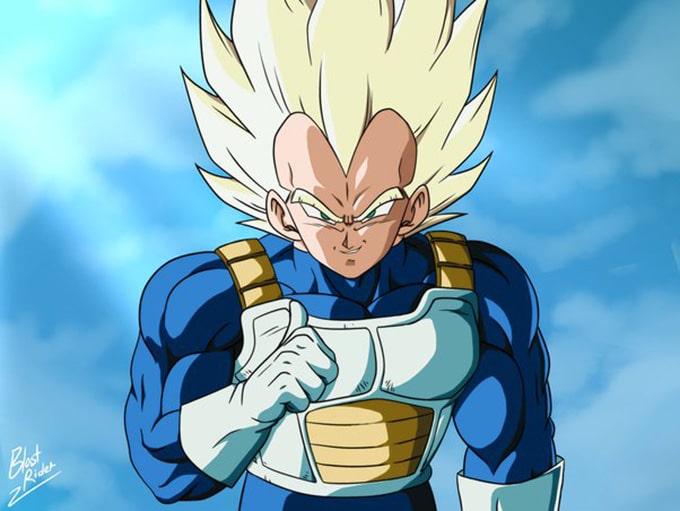
A few years later, in the Majin Buu Arc of Dragon Ball Z, Vegeta killed hundreds of innocent people just to make Goku angry. Later that day, Vegeta decided to sacrifice himself in order to save Bulma and Trunks, and he even mentioned ‘Kakarot’ in his parting words as a reason for his action.
Like Bardock, Vegeta was evil, yet a hero at the same time. So, in these ways, Bardock was Vegeta’s narrative predecessor.
It’s interesting how the Dragon Ball anime sometimes influenced the original manga like this.
We can likewise consider Katsuyoshi Nakatsuru’s work as the designer of Bardock. Nakatsuru created the first design, but Toriyama then altered it. However, the top of the armor remained as Nakatsuru designed it. Later, in the Cell Arc, we can see Vegeta with the same breastplate style that Bardock wore, just with different colors.
Also, a fun fact about Bardock’s armor: According to Nakatsuru, it is inspired by Toshiro Mifune’s armor in the film Seven Samurai (1954).
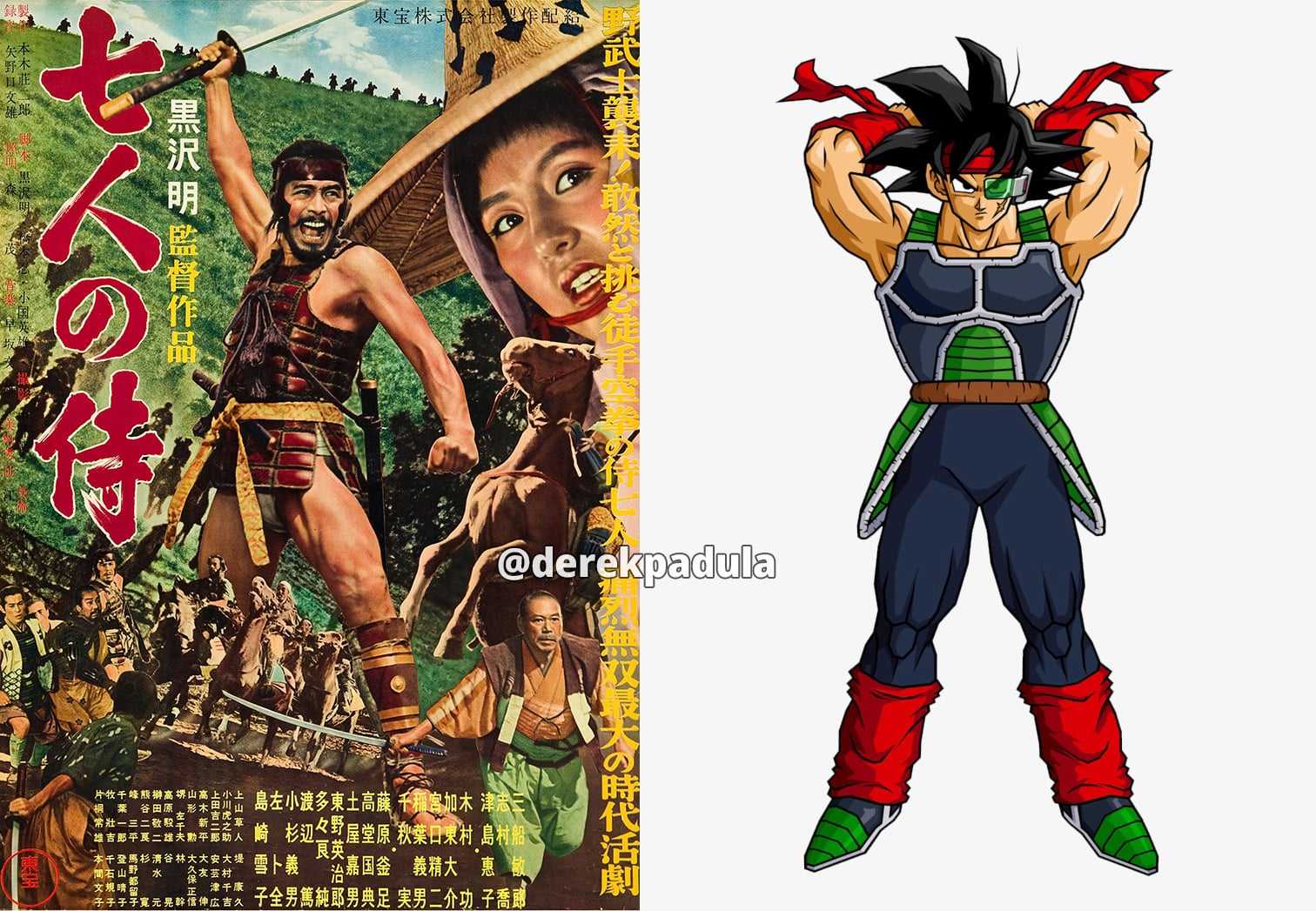
Was Bardock inspired by these cultural influences? I’ll leave that up to you.
To conclude this article, I’d like to emphasize how brave Bardock was. He fought until the end, and I think he can be a source of inspiration for all of us when we face difficult times.
Sources
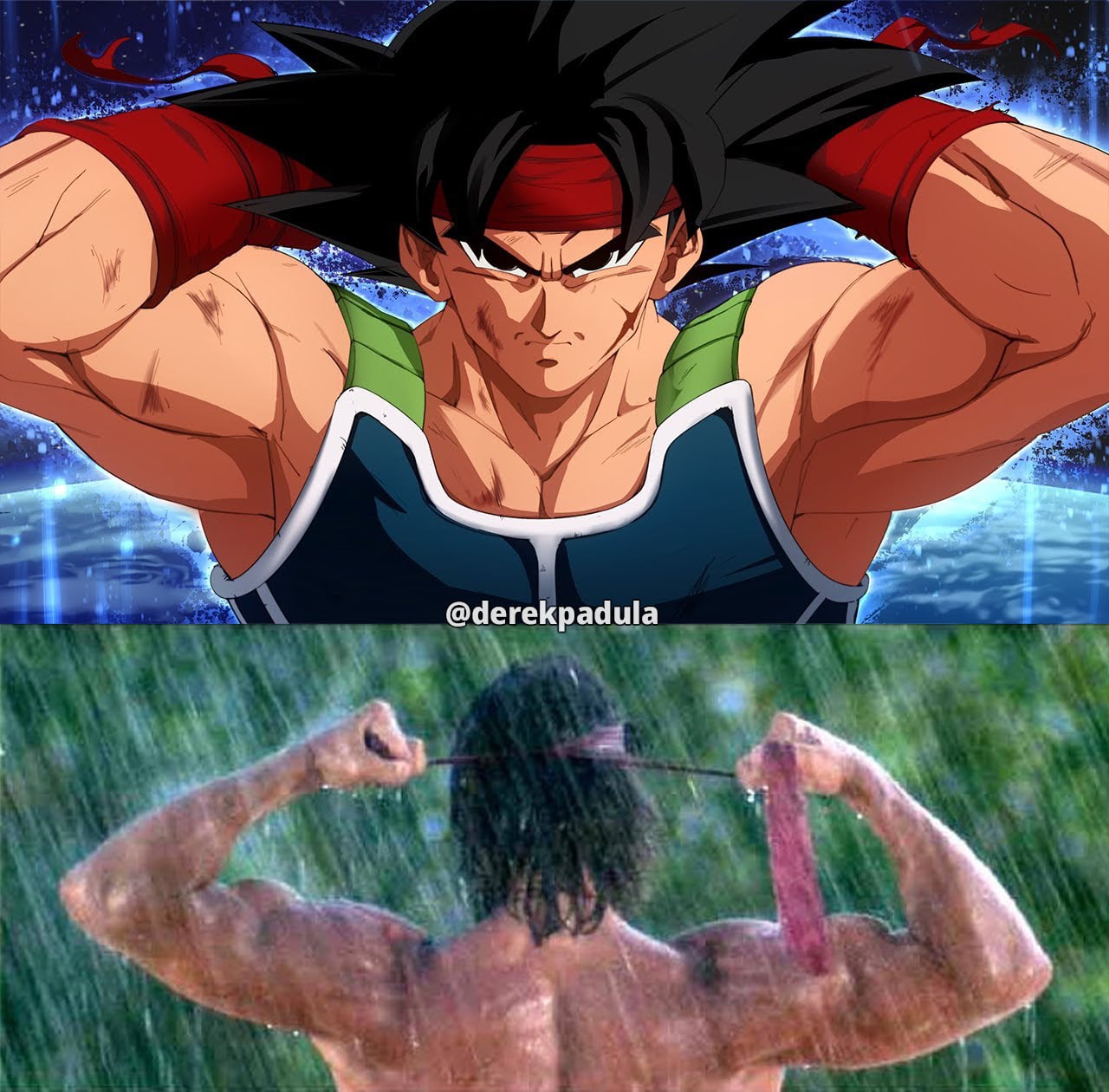
Video about Rambo as Bardock’s inspiration (in Spanish): http://youtu.be/d6zhdcdVWsc
Bardock TV Special information: http://www.kanzenshuu.com/episode/dbz/sp1/
Bardock’s original design by Nakatsuru and the final design by Toriyama: http://www.kanzenshuu.com/tidbits/the-history-of-bardock/
About Cassandra (in Spanish PDF): http://e-spacio.uned.es/fez/eserv/bibliuned:Epos-D4C6B5B3-CEC6-9D9C-C61F-A9EDE807FE7D/Documento.pdf
Bardock’s armor inspired by Toshiro Mifune’s armor in Seven Samurai: http://www.kanzenshuu.com/translations/son-goku-densetsu-toriyama-x-nakatsuru/
' . $comment->comment_content . '
'; } } else { echo 'No comments found.'; }